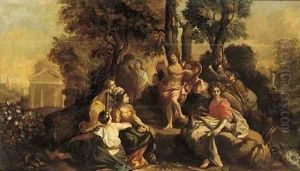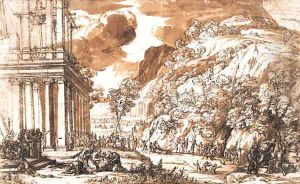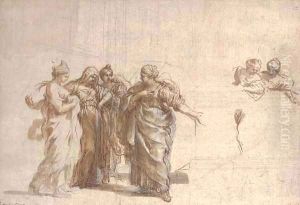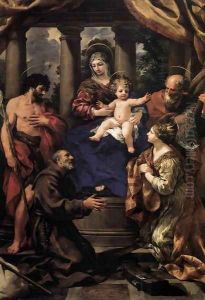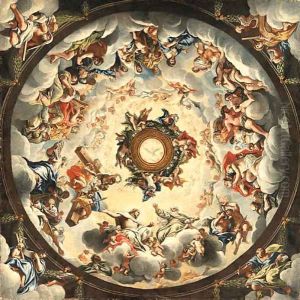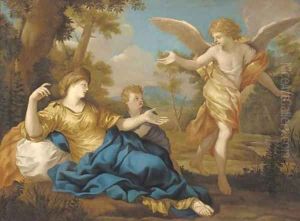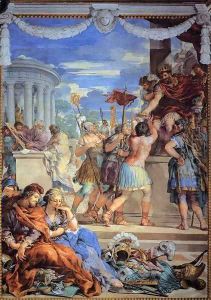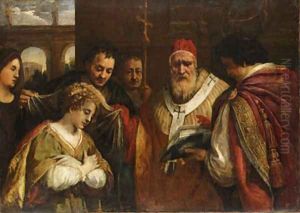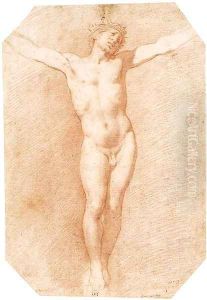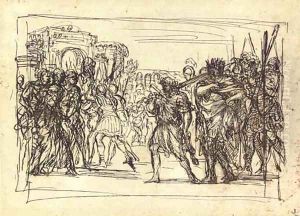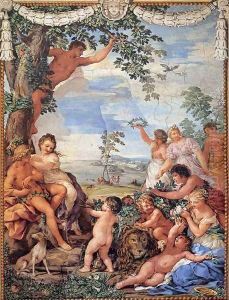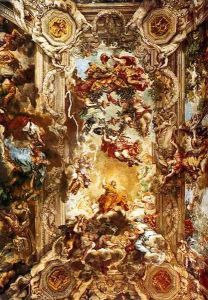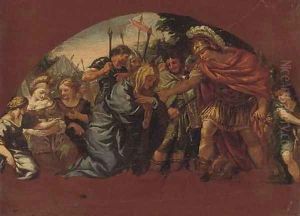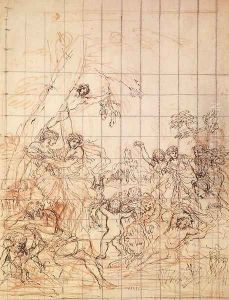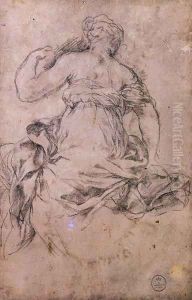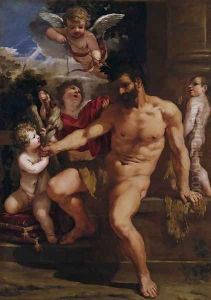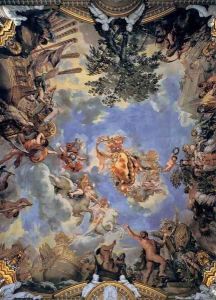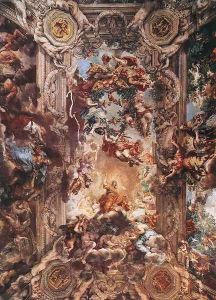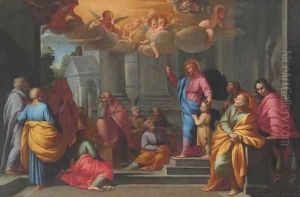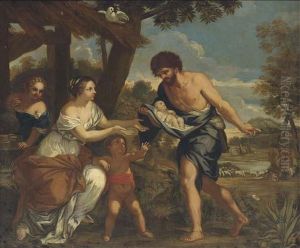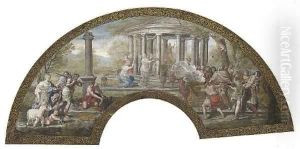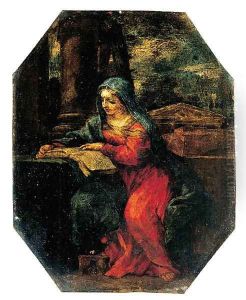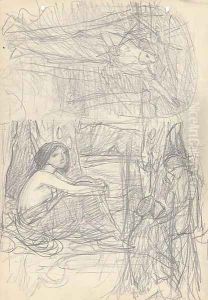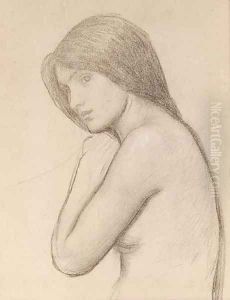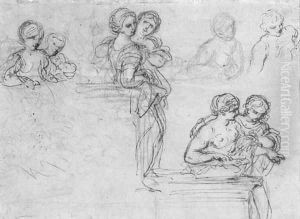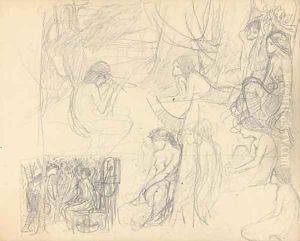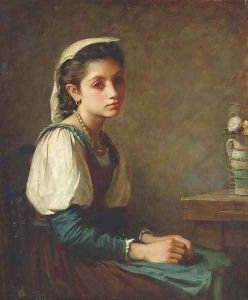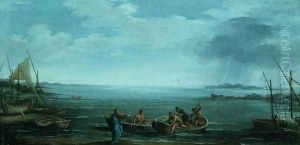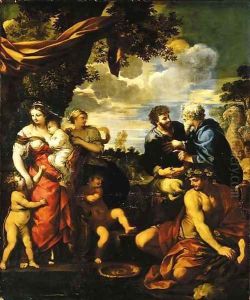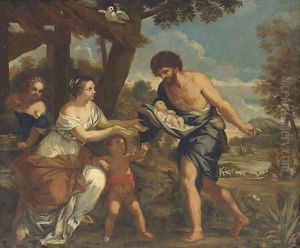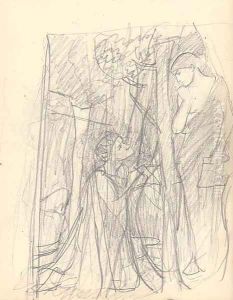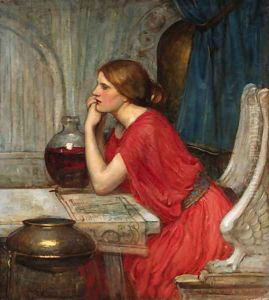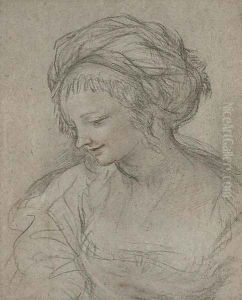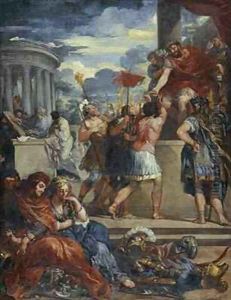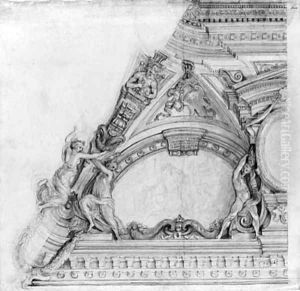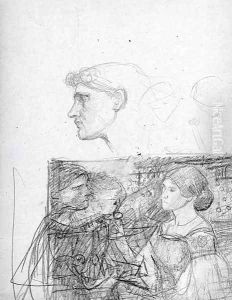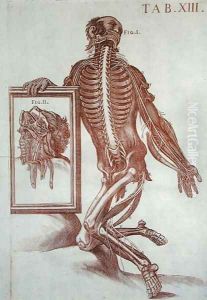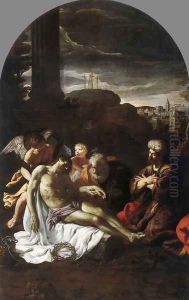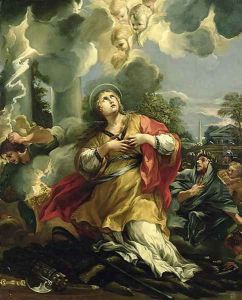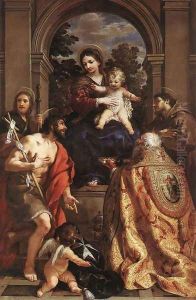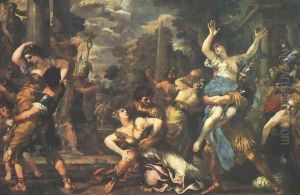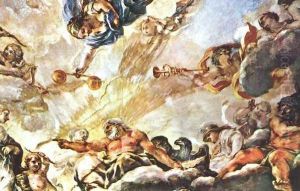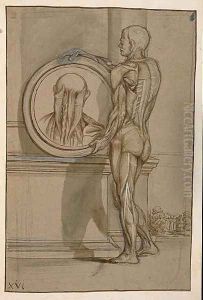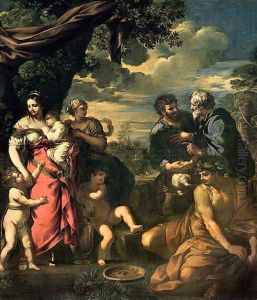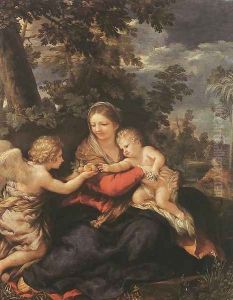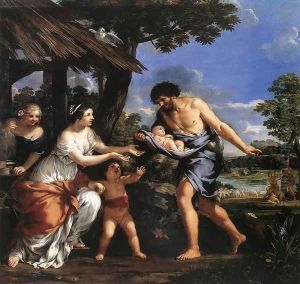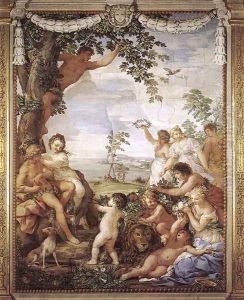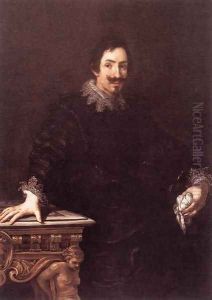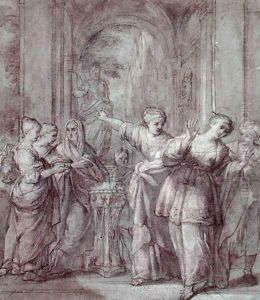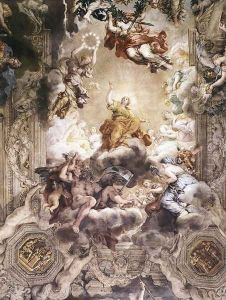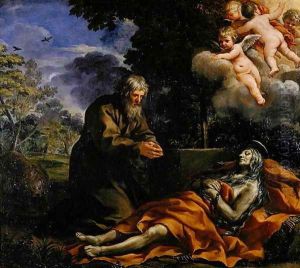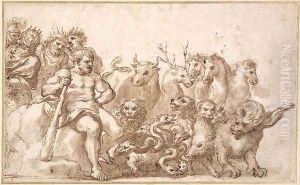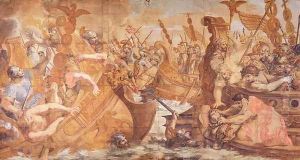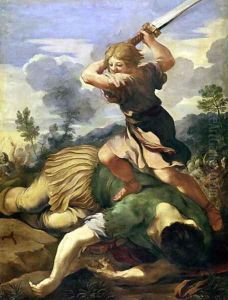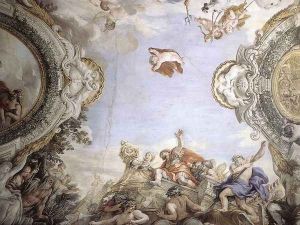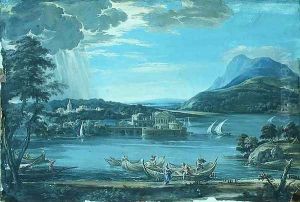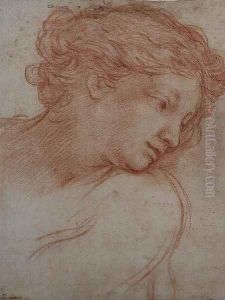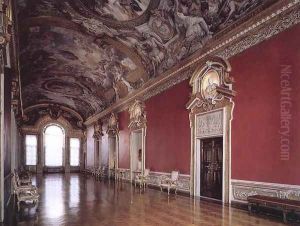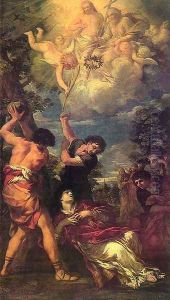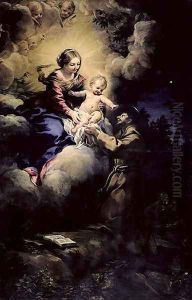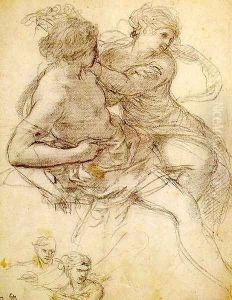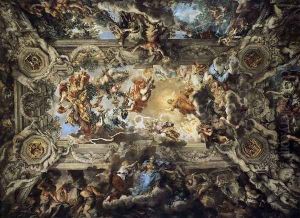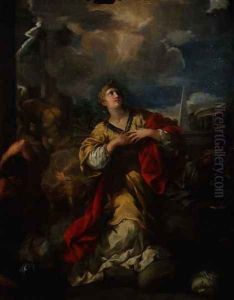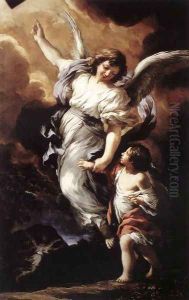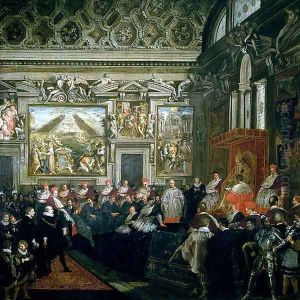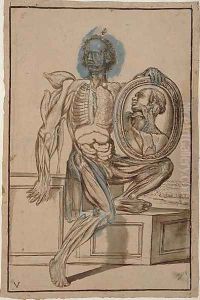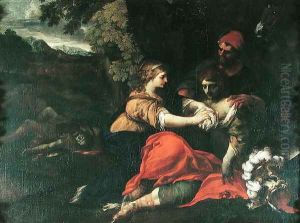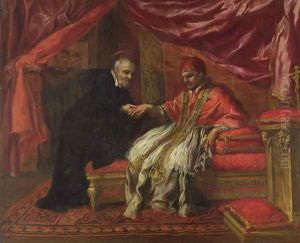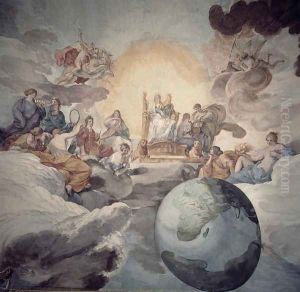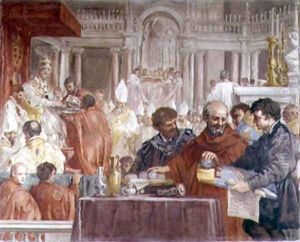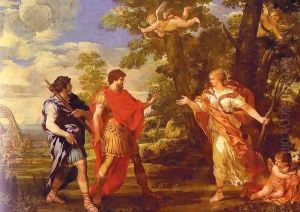Pietro Da Cortona (Barrettini) Paintings
Pietro da Cortona, originally named Pietro Berrettini, was a leading Italian Baroque painter and architect of the High Baroque period. He was born on November 1, 1596, in Cortona, Tuscany, Italy. Pietro was influenced by and became a proponent of the grandiose style developed by other Baroque artists such as Carracci, Caravaggio, and Bernini. His work is characterized by dynamic compositions, dramatic use of light and shadow, and a rich color palette.
Pietro da Cortona's early training was in his hometown of Cortona with a little-known painter, before moving to Florence where he entered the studio of Andrea Commodi. His talents became evident quickly, and by the age of 15, he was studying in Rome under the sponsorship of Cardinal Sacchetti. In Rome, Pietro continued his education under the guidance of Baccio Ciarpi, a Florentine painter. He soon garnered attention for his artistic prowess and began receiving commissions.
One of his most significant contributions to art was his fresco work, which includes the ceiling of the Gran Salone in the Palazzo Barberini in Rome, depicting 'The Allegory of Divine Providence and Barberini Power' (1633-1639). This masterpiece is considered a quintessential example of Baroque painting, showcasing his ability to create an illusion of an open sky above filled with figures that seem to come alive and invade the viewer's space.
Pietro da Cortona was not only a painter but also an accomplished architect. Among his architectural works, the most notable is the Church of Santi Luca e Martina in Rome with its dramatic interior and the facade of Santa Maria della Pace near Piazza Navona. His architectural style was marked by a sense of grandeur and an understanding of the classical language, which he reinterpreted with Baroque aesthetics.
His influence extended across Italy and beyond, with his designs and paintings helping to define the Baroque style in the mid-17th century. Pietro da Cortona's success led to numerous prestigious commissions from the papacy, aristocracy, and leading Roman families. Despite his success, he maintained a large workshop to assist in executing his numerous projects.
Pietro da Cortona's legacy is one of a master who bridged the Renaissance tradition with the new Baroque sensibility. He passed away on May 16, 1669, in Rome, having left a lasting impact on the world of art. His works continue to be studied and admired for their artistic brilliance and historical significance.
